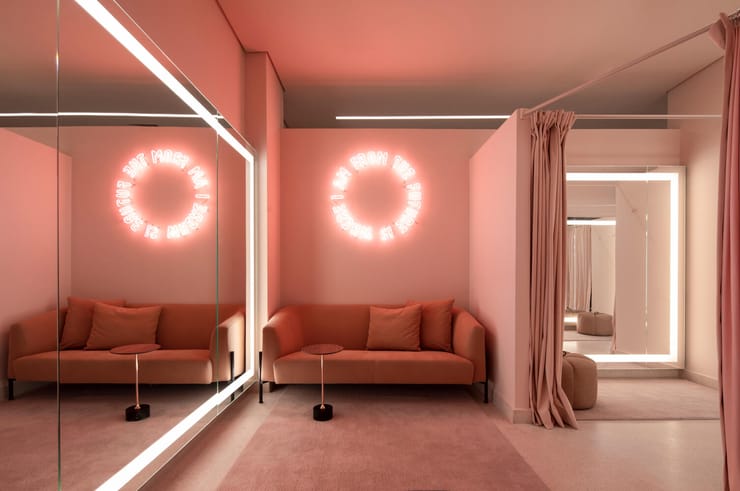Last updated on February 23, 2024 1:42 pm
When it comes to lighting design, color rendering can greatly impact the overall aesthetic and functionality of a space. The ability of a light source to accurately reveal the colors of objects it lights is essential, whether it’s for retail displays, museum exhibits or residential homes.
Traditionally, the Color Rendering Index (CRI) has been used as the standard for measuring color rendering accuracy. However, with the emergence of new lighting technologies, such as LEDs, demand for a more comprehensive and accurate evaluation method arose. This led to the development of ANSI/IES TM-30-20, a revolutionary approach to assessing color rendition in lighting.
Table of Contents
Understanding CRI and Its Limitations
The Color Rendering Index (CRI) was developed in the 1970s based on the 1931 technique of colorimetry.[1] Color rendering refers to the ability of a light source to accurately represent the colors of objects as they would appear under a reference light source, sunlight, incandescent, fluorescent, halogen or LED lamps.
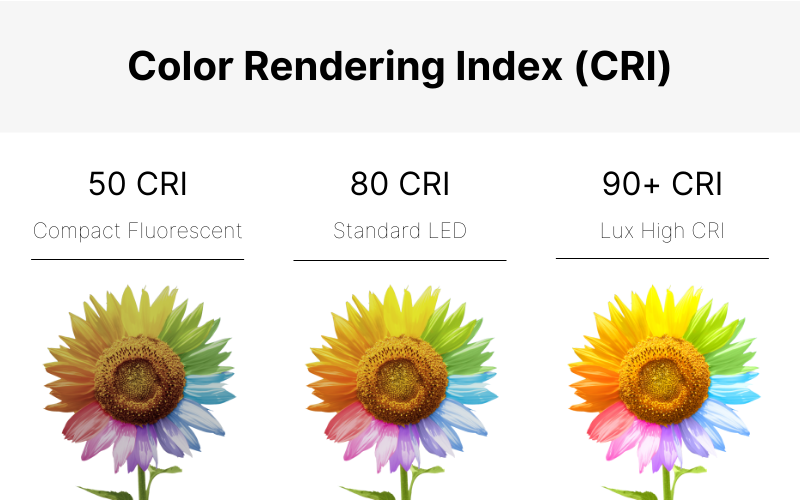
While CRI has served as a useful tool for many years, it has several limitations. The eight-color palette used in CRI does not fully represent the vast range of colors present in real life. This becomes apparent when evaluating light sources that excel in rendering the reference colors but perform poorly in accurately rendering other saturated colors. Additionally, CRI does not account for color temperature, making it challenging to compare light sources with different spectral characteristics.
The Rise of TM-30-15: A More Comprehensive Approach
To address the limitations of CRI and provide a fuller evaluation of color rendering, the Illuminating Engineering Society (IES) introduced TM-30-15 in 2015.[2] The new method offers a more extensive palette of 99 colors. Additionally, TM-30-15 measures color fidelity, gamut and color vector graphics.
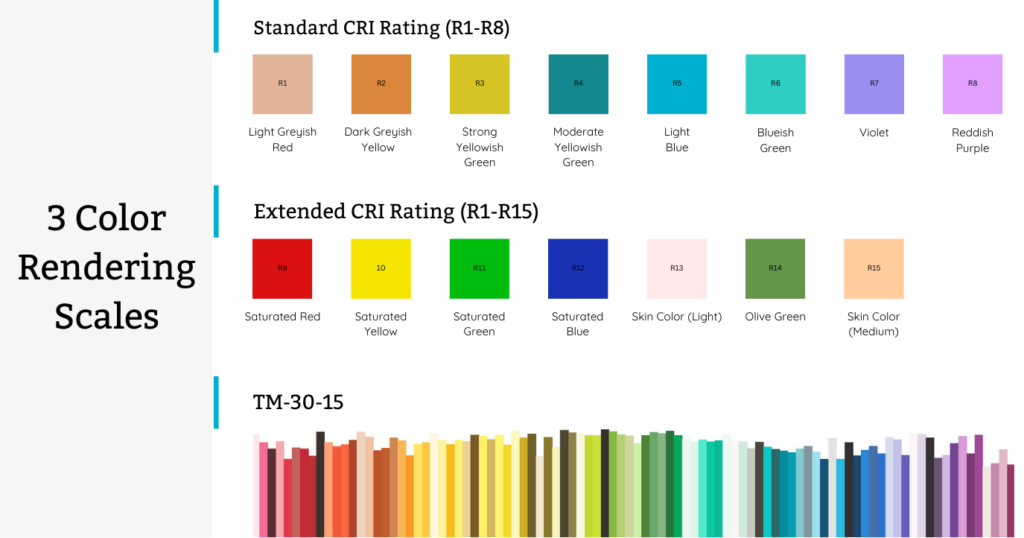
Color Fidelity Index (Rf)
The Color Fidelity Index (Rf) is one of the key metrics in TM-30-15. Similar to CRI, it measures the average color rendering performance of a light source. However, unlike CRI, which uses eight pastel colors, Rf in TM-30-15 assesses color fidelity across 99 different colors. A higher Rf score indicates better color accuracy, with a perfect score of 100 representing a light source that renders colors identically to the reference source.
Gamut Index (Rg)
The Gamut Index (Rg) measures the saturation of colors rendered by a light source compared to a reference source. It provides valuable information about the intensity and vibrancy of colors. A higher Rg score indicates higher color saturation, while lower scores suggest undersaturation. The Gamut Index complements the Color Fidelity Index by capturing the vividness and intensity of colors.
Color Vector Graphics
While Rf and Rg provide numerical scores, Color Vector Graphics offers a visual representation of color saturation anomalies. This circular vector graph overlays a color space, indicating where the light source may deviate from the reference source in terms of color saturation. By visualizing the specific color areas affected by saturation discrepancies, designers can make more informed decisions about the use of light sources in different applications.
The Advancements of TM-30-20: A Further Refinement
Building upon the foundation of TM-30-15, the IES introduced an updated version, TM-30-20, which offers enhancements and refinements to the evaluation method to provide a more comprehensive and accurate assessment of color rendering.
It uses a wider palette of 99 reference colors, chosen from real-world objects, to evaluate the color fidelity and saturation of a light source. Using the latest research findings and advancements, it offers improved calculations and better alignment with subjective visual outcomes. The updated standard provides specifiers with more accurate and reliable information for selecting light sources that meet their specific design intents and priorities.
TM-30-20 takes into consideration the entire spectrum of light emitted by LEDs, making it a suitable method for evaluating the color rendering capabilities of modern sources.
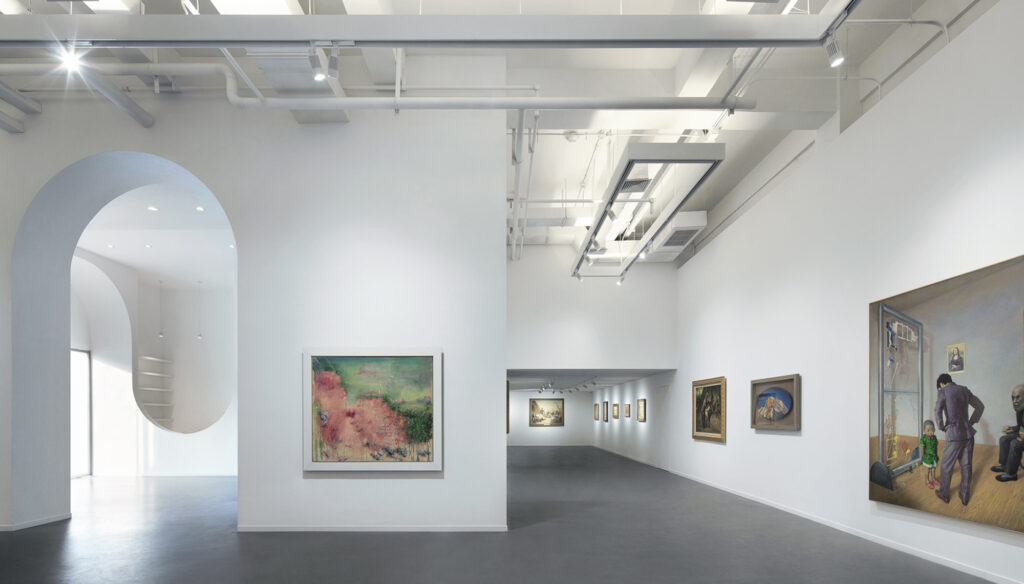
Visualizing Color Rendering with TM-30-20
To further aid in understanding the color rendering characteristics of a light source, TM-30-20 provides two powerful visual tools: the Color Vector Graph and the Gamut Index.
The Color Vector Graph is a circular representation superimposed on a color space, revealing any anomalies in color saturation caused by the light source. It shows specific areas of the color spectrum that may be over or undersaturated, providing valuable insights for designers and specifiers. This graph helps identify potential issues and allows for targeted adjustments to achieve the desired color rendering.
The Gamut Index measures the full range of color saturation under a specific light source compared to natural sunlight. A score of 100 indicates that the colors rendered by the light source are identical to those under natural daylight. Scores below 100 suggest undersaturation, while scores above 100 indicate oversaturation. The Gamut Index accordingly helps designers evaluate the overall color intensity and adjust lighting solutions.
Utilizing TM-30-20 in Lighting Design
With a solid understanding of TM-30-20 and its key metrics, you can effectively use this method in practical lighting design applications.
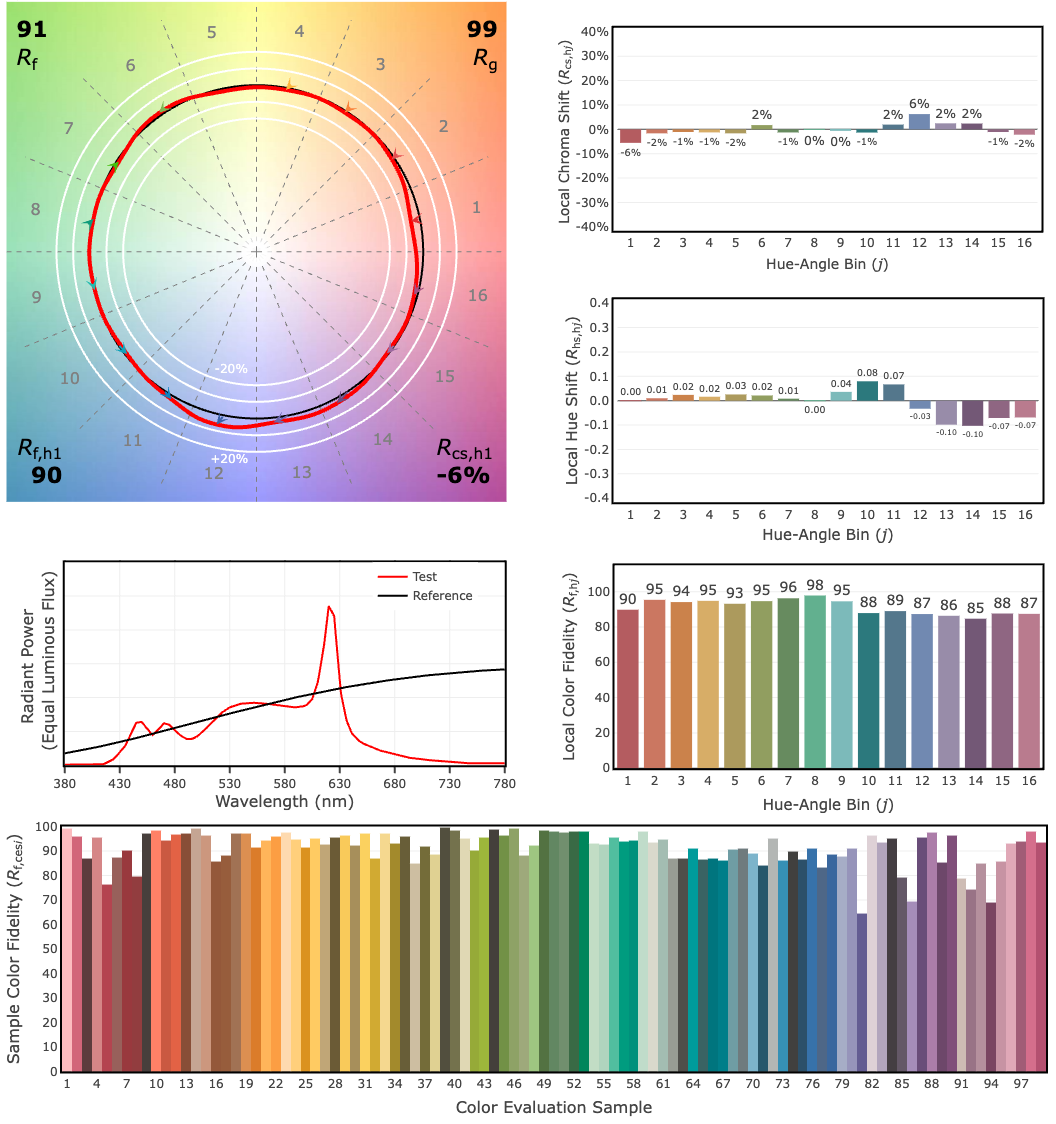
1. Specifying Color Rendering Requirements
TM-30-20 offers a comprehensive set of recommended specification criteria that can be applied in various lighting design scenarios. The specification criteria are based on three design intents:
- Preference
- Vividness
- Fidelity
Each design intent has three priority levels, allowing specifiers to fine-tune their requirements based on the specific needs of a project.
Design Intent: Preference
The Preference design intent focuses on subjective evaluations of pleasantness, naturalness and acceptability of color rendering. This design intent is particularly relevant in retail, office, hospitality and residential lighting applications. TM-30-20 provides specification criteria for three priority levels within the Preference design intent, ranging from strict requirements to more flexible ranges.
Design Intent: Vividness
The Vividness design intent centers around subjective evaluations of color vividness, saturation and vibrancy. This design intent is often crucial in entertainment, display and retail applications. TM-30-20 offers specification criteria for three priority levels within the Vividness design intent, allowing specifiers to select light sources that enhance color vividness while considering potential hue distortions.
Design Intent: Fidelity
The Fidelity design intent focuses on achieving a high match between a test light source and its reference. This design intent is essential in applications like healthcare and color matching, where color accuracy is of utmost importance. TM-30-20 provides specification criteria for three priority levels within the Fidelity design intent, ensuring consistency and minimizing color shifts.
2. Understanding Priority Levels
TM-30-20 introduces priority levels within each design intent to provide further customization and flexibility. These priority levels allow designers to fine-tune their specifications based on the specific requirements of a project.
Priority Level 1 has the strictest requirements, ensuring the highest level of color accuracy or saturation. However, it may limit the available selection of light sources. Priority Level 3, on the other hand, allows for variability in color rendering performance but still meets the general intent. Designers must carefully evaluate the project’s needs and select the appropriate priority level.
3. Evaluating Light Sources
When evaluating light sources using TM-30-20, it is crucial to consider both the Rf and Rg metrics, along with the Color Vector Graph and Gamut Index. These metrics provide a comprehensive understanding of color rendering performance and allow for informed decision-making.
By analyzing the Color Vector Graph, designers can identify any specific color areas that may require adjustment or improvement. The Gamut Index helps assess the overall color saturation and intensity, ensuring that the lighting solution aligns with the desired visual impact.

4. Collaborating with Manufacturers
As TM-30-20 gains wider adoption, it is essential for designers to collaborate with lighting manufacturers to ensure the availability of light sources that meet the specified color rendering requirements. Manufacturers can leverage the insights provided by TM-30-20 to develop and market products that align with different design intents and priority levels.
By closely working with manufacturers, designers can access a wider range of lighting options that deliver the desired color rendering qualities and enhance the overall lighting design.
Conclusion
With the introduction of TM-30-20, the lighting industry has made progress in color rendering evaluation by providing a more comprehensive and accurate method for evaluating color fidelity and saturation. With its key metrics, visual tools, and customizable design intents, TM-30-20 offers designers the ability to tailor lighting solutions to specific project requirements. By embracing this revolutionary approach, designers can elevate the visual experience, improve aesthetics and create lighting environments that showcase the beauty of color.
Citations
[1] Guide to Light and Color in Retail Merchandising. (2010). Assist Recommends…, 8(1), 4–13. [2] Illuminating Engineering Society. (2020). (tech.). Technical Memorandum: IES Method for Evaluating Light Source Color Rendition (pp. 1–58). New York, NY. [3] Livingston, J., Royer, M., & Esposito, T. (2022, April 4). Using TM-30 to improve your lighting design. Illuminating Engineering Society. [4] Rea, M. S., & Freyssinier, J. P. (2010). Color rendering: Beyond Pride and Prejudice. Color Research & Application, 35(6), 401–409. [5] Royer, M., & Houser, K. (2015a). Text-alternative version: Understanding and applying TM-30-15. Energy.gov.Royer, M., & Houser, K. (2015). Understanding and applying TM-30-15 – Department of Energy. Understanding and Applying TM-30-15 Webinar.
Lindsay Alayne Stevens is a multidisciplinary designer, artist and writer. She holds an MFA in Theater Design (Lighting) from UCSD ('21) and BFAs with High Honors from Marlboro College in Theater, Photography, and Writing ('17). She works as a freelance lighting designer and teaches lighting at the university level.




